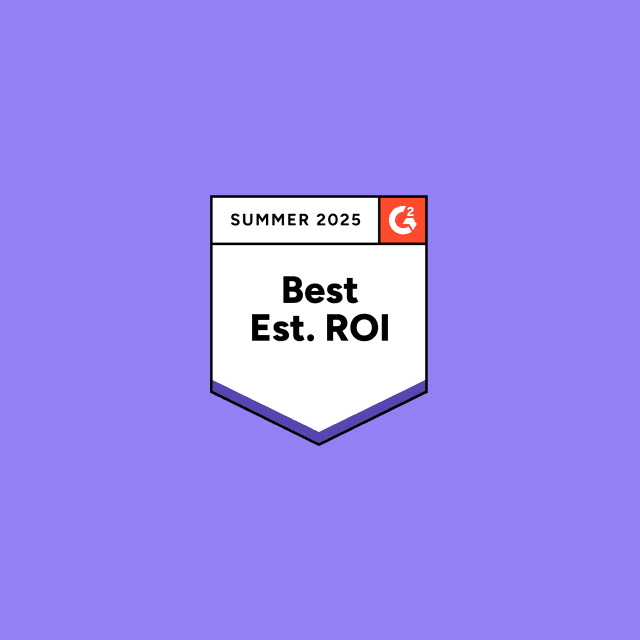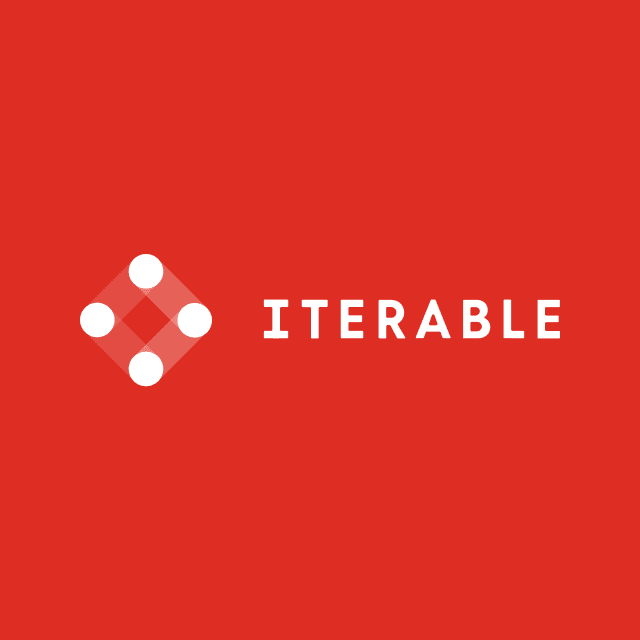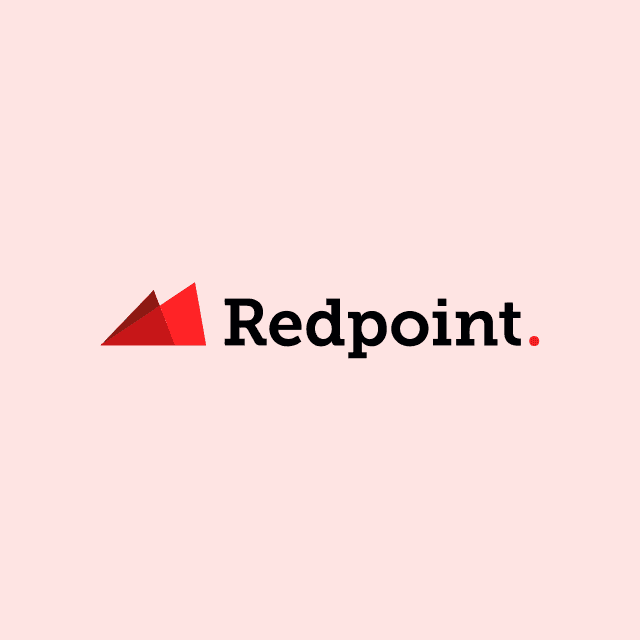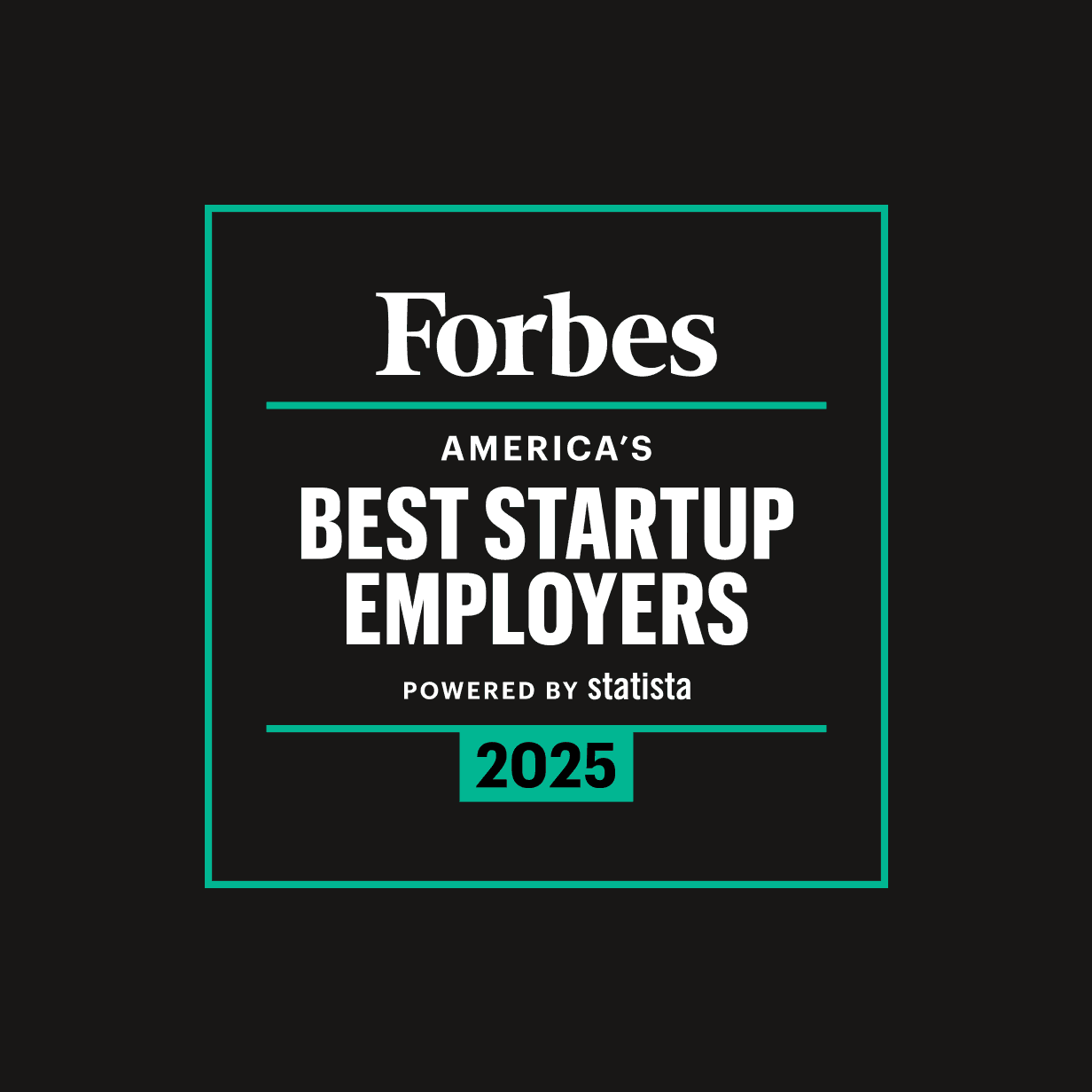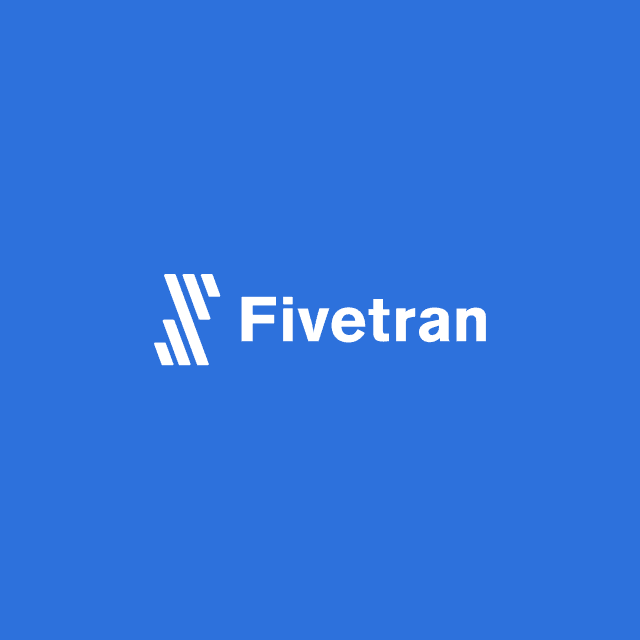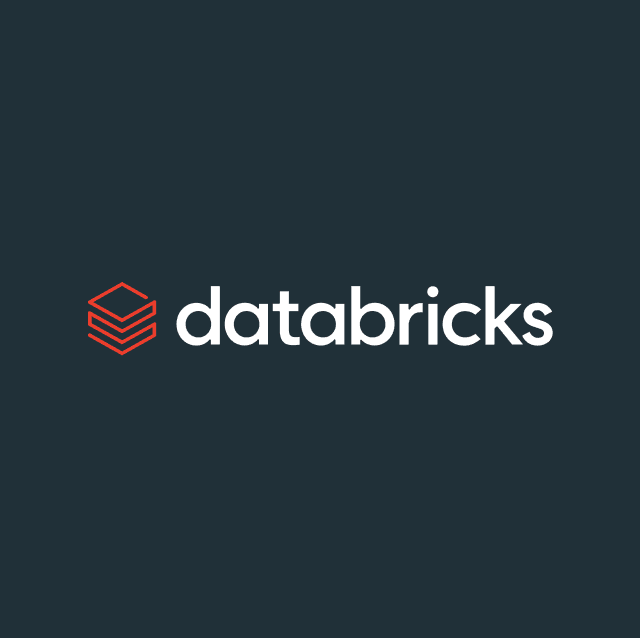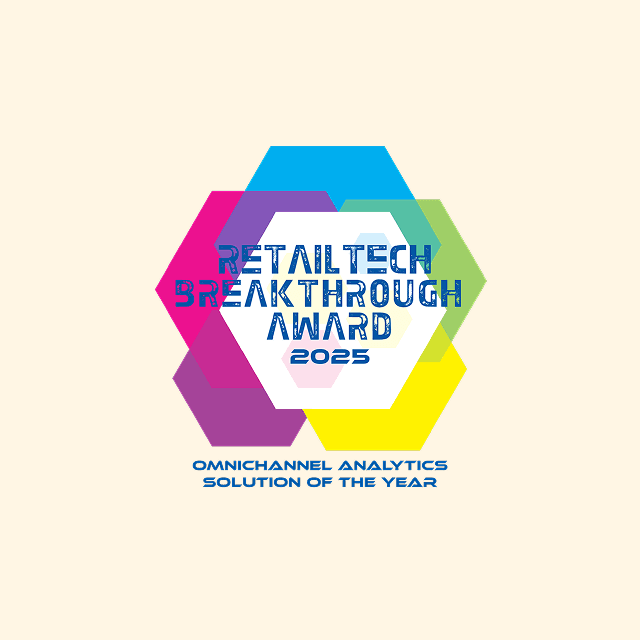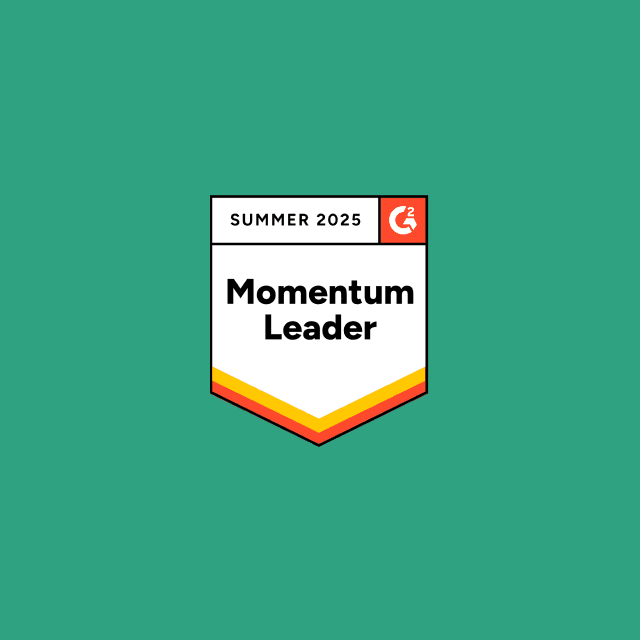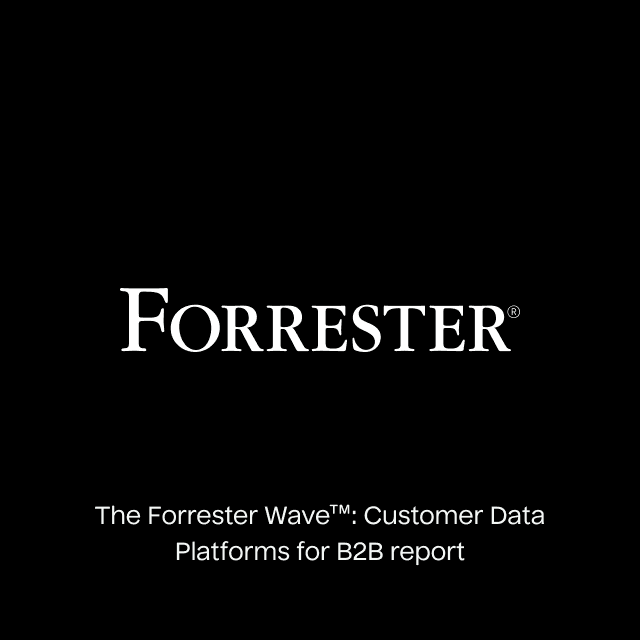The widespread adoption of the cloud data warehouse has revolutionized the Customer Data Platform (CDP) space, leading to the emergence of a more powerful, warehouse-native CDP architecture known as the Composable CDP. This new approach is rapidly gaining traction and redefining how enterprises handle customer data. As a result, many prominent CDP providers are now labeling their products as "composable," which has made it increasingly difficult to distinguish between traditional and Composable CDPs.
In this blog post, we will outline the differences between traditional and Composable CDPs and guide you on when choosing one over the other makes sense.
What is a Traditional CDP?
A traditional CDP is a packaged solution designed for collecting, storing, modeling, and activating customer data. This type of CDP operates by hosting and managing the data within its own system(s).
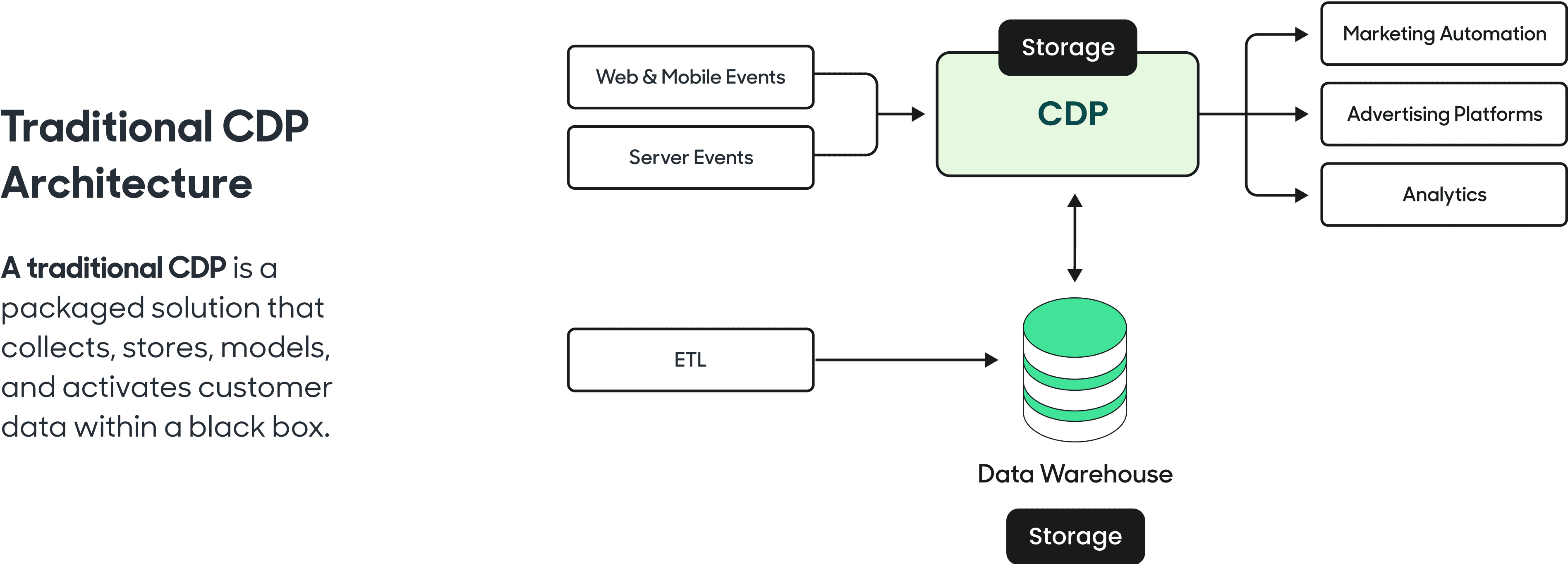
These platforms provide out-of-the-box event-tracking capabilities to collect behavioral data from your web and mobile apps and automatically forward those behavioral events to downstream operational tools. Within the platform itself, many enterprise CDP vendors also provide other core capabilities around identity resolution, audience management, and Data Activation. All of these features come tightly integrated into the platform, which means you’re at the mercy of the vendor when it comes to things like data structure, storage, identity resolution methods, and more. The most common example of a traditional CDP is Segment.
What is a Composable CDP?
A Composable CDP is an unbundled solution that collects, models, and activates customer data from your existing data infrastructure.

Rather than operating as a separate entity outside of your existing data infrastructure, a Composable Customer Data Platform integrates directly with your existing data warehouse. This flexible, modular architecture provides all the functionalities of a traditional CDP, but with each component fully customizable to meet your specific requirements. You can enjoy the full benefits of a traditional CDP while maintaining independence from being locked into the ecosystem of any single vendor. A Composable CDP provides complete control over collection, modeling, and storage and offers the flexibility to create and activate audiences using the entirety of your first-party customer data.
Traditional CDPs live separate from your broader data warehouse, and their components are tightly coupled. A Composable CDP has a similar purpose but a very different architecture. While there are several Composable CDP myths floating around, to be composable, a CDP must meet the four following requirements:
- A Composable CDP must run on your own infrastructure. The platform must not store a separate copy of your data.
- A Composable CDP must be schema-agnostic. You have complete control over how your data is structured and stored.
- A Composable CDP must be modular and interoperable. That platform must integrate with your existing technology, processes, and workflows. If you already have a solution/process in place for event collection, you should not have to switch to another vendor’s offering.
- A Composable CDP must provide unbundled pricing. You should only pay for the features and capabilities you need–not the entire shelf-ware of the platform.
What are the Differences Between Composable CDPs and Traditional CDPs
The biggest difference between a traditional CDP and a Composable CDP is flexibility. With a traditional CDP, you’re purchasing a platform with specific capabilities designed to run parallel to your existing data infrastructure. With a Composable CDP, you can pick and choose the components you need and integrate them directly on top of your existing infrastructure.
This may seem more complicated; however, traditional CDP implementations are never straightforward and can often take 6-12 months to implement. No matter what is promised, there is no such thing as an “easy” implementation of off-the-shelf technology at scale. You’ll need technical expertise whether you're deploying a traditional CDP or a Composable CDP, but with a Composable CDP, the implementation is much faster and more efficient because you can leverage all the existing data assets and tackle implementation one use-case at a time.
“The platform gives us all the capabilities of a traditional CDP, but we have the flexibility to use any and all of our data assets. We don’t have redundancy in our data stack: data is only stored in Snowflake and doesn’t need to be copied into Hightouch.”

Claire Look
VP of Data at The Zebra
Traditional CDP vs. Composable CDP Comparison Chart
While there are many fundamental distinctions between traditional and Composable CDPs, this table breaks down the biggest differences between the two categories.
| Functionality | Traditional CDP | Composable CDP |
|---|---|---|
| Event Collection | SDK that collects & loads events into the CDP’s infrastructure | SDK that collects events into your data warehouse or directly to downstream tools |
| Real-Time | Supports event forwarding directly to your destinations | Supports event forwarding to your destinations & streaming from your warehouse tables |
| Identity Resolution | Unify only the customer data that lives in your CDP | Unify any & all of the customer or entity data in your warehouse |
| Identity Graph | Owned & managed by the CDP vendor | Owned & managed by you in your existing infrastructure |
| Schema | Limited to users & accounts | Supports any custom entity or object (e.g., households, playlists, etc.) |
| Audience Management | Build audience cohorts by grouping users or accounts into segments | Build audience cohorts by grouping users, accounts, or any related model into segments |
| Storage | Data is stored & duplicated outside of your infrastructure | Data is stored in your existing cloud infrastructure |
| Data Activation | CDP to destination | Warehouse to destination |
| Reverse ETL | Add-on feature separate from CDP data storage | Core activation capability built into the platform architecture |
| Analytics | Limited to behavioral data & clickstream events | Flexible to any data in your data warehouse |
| Implementation | 6-12 month average implementation time after contract signature | 100% of customers are live with a production use case at the time of contract signature |
| Proof of Concept | Not available | 2-3 for SMB, 4-6 weeks for enterprise |
| Data Retention | 1-3 years | Unlimited lookback & history |
| Cost | Bundled: full platform fee plus MTU billing | Unbundled: individually priced features with no MTU billing |
| Compliance | Not immediately GDPR & CCPA compliant. Typically, cannot meet HIPAA compliance. | Immediately GDPR & CCPA compliant. Able to sign BAA to be HIPAA compliant. |
Should You Buy a Composable CDP or a Traditional CDP?
When deciding whether to invest in a Composable CDP or a Traditional CDP, it's important to consider the unique needs of your business. Although a packaged Traditional CDP might appear simpler, Composable CDPs offer superior benefits without being limited by a rigid, bundled architecture.
As first-party data becomes increasingly critical across all industries, the need for flexibility to handle complex data scenarios is growing. Composable CDPs excel in providing this flexibility. If your company has a minimal data footprint and limited data resources, a Traditional CDP could be suitable, especially for basic personalization tasks. However, for businesses already investing in or planning to develop a data infrastructure, a Composable CDP is the more advantageous choice. This type of CDP adapts more readily to your evolving data needs and infrastructure, making it a far more future-proof option.
Closing Thoughts
As you weigh your options between a Traditional CDP and a Composable CDP, the central question to consider is: do you need a predefined, "out-of-the-box" solution or a flexible, scalable system that can adapt to your evolving business requirements? Traditional CDPs, though straightforward, may not offer the agility and customization that a warehouse-centric architecture like a Composable CDP provides. A CDP RFP template can also help decide which option is the best for your goals.
It's noteworthy that even as Traditional CDPs are working on releasing “composable” capabilities like Reverse ETL, an increasing number of enterprises, including prominent ones like PetSmart, GameStop, and The Zebra, continue to make the shift towards Composable CDPs by choosing Hightouch.
With Hightouch, a data and AI platform for marketers, your marketing teams have access to all the necessary CDP functions, and your data teams retain maximum flexibility and control over data privacy because all storage remains in your cloud data warehouse.
If you want to learn more about the Composable CDP, book a demo with one of our solution engineers or check out our Composable CDP Hub.
Traditional CDP vs. Composable CDP: Which Fits Your Data Strategy?
Cut through the noise with our side-by-side guide. See exactly how traditional CDPs stack up against Composable CDPs across cost, speed, compliance, and flexibility.
- Faster time-to-value: Why Composable CDPs launch in weeks, not months
- Complete flexibility: Compare schema limits vs. support for any data model
- Better compliance: GDPR, CCPA, and HIPAA readiness at a glance
- Cost transparency: Bundled MTU pricing vs. unbundled features
- Built for scale: How Composable CDPs enable advanced personalization
Get the guide and decide if it’s time to modernize your CDP strategy.







